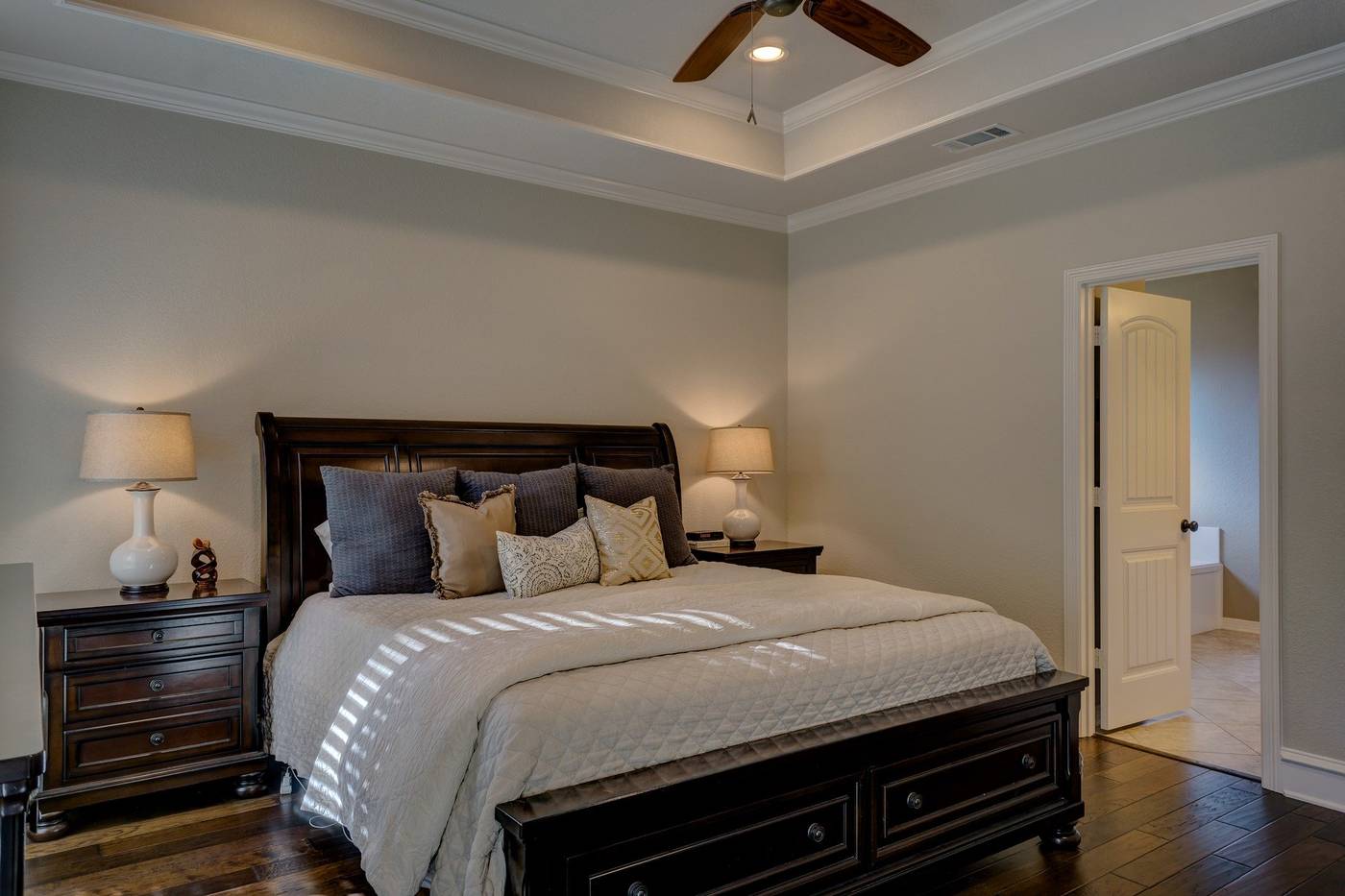Whether you live in the city or just a busy suburb, dealing with unrelenting noise outside your home can be challenging. In some cases, outdoor noise can be downright annoying and prevent you from enjoying your home’s interior in peace. In other instances, all that noise may even interfere with your ability to work from home.
Regardless of your reasons, you aren’t alone in seeking out a reliable solution for preventing sound from entering one of your rooms. Undertaking several important renovations can make a major difference on this front, but only if you evaluate and plan carefully.
This guide will take you through the necessary steps, so by following it, you can expect to fully account for every last peep of undesirable external noise in your chosen room.
Reasons for Soundproofing a Room
There are numerous reasons why you may want to soundproof a certain room in your home. If you live in a city, for example, nearly every room in your house or apartment may be permeated by the sounds of streetcars, construction and noisy neighbors. As a result, you may seek out soundproofing to give a bedroom or office a more peaceful environment.
Also, if you use your home to record music, stream video or record a podcast, you may want a room that maximizes your ability to create interference-free tracks. To that end, you might seek out soundproofing solutions that mitigate outside noise while preventing too much echo from reverberating through your recording space.
3 Steps to Soundproofing Your Chosen Room
Identify “Weak Points”
Many folks try to take a direct approach to handling inner-home noise infiltration, but those measures can only go so far, because they don’t adequately address the “weak points” in a particular room’s overall structure. These aren’t physical weaknesses; rather, these “weak points” are in-room structures that can allow a large volume of noise to permeate your room’s otherwise peaceful environment.
Depending on your neighborhood (and frankly, your neighbors), there can be many different kinds of “weak points” in your target room. Windows are among the most common, given that they allow some sound through, even when they’re closed. They also represent a gap in your room’s drywall, which can allow them to act as a kind of channel for noise that’s occurring near your home.
Doors are another noteworthy “weak point,” because your target room must have at least one, but the sound that permeates through them (even when they’re closed) will mainly come from within your home. While you can try to mitigate some of that noise, your best bet is to plan on supplementing that door’s existing capacity in order to repel external noise.
Thin walls are also a typical cause of external noise intrusion, especially in some newer homes and apartment buildings. As with doors, their capacity to block out sound can and must be supplemented. However, some “weak points” can’t be built onto without a high risk of permanent damage. Hardwood or tile floors are a prime example, given that they bounce sound around a room if they aren’t properly covered by a rug or carpet.
Air vents are often overlooked as “weak points” in a soundproofed inner sanctum. While they may not always be on, they can allow sound to travel directly from other internal rooms into your target space. As such, you’ll need to consider how you’ll inhibit that noise propagation without covering up each vent entirely.
Plan Soundproofing Renovations
Now that you’ve identified the “weak points” in your target room, you can begin planning appropriate soundproofing renovations. Some of these renovations needn’t be complicated or expensive at all.
For example, folks who are looking to reduce the amount of noise pollution that’s coming through a door can mount a soundproof blanket against the door’s interior. This kind of solution is ideal, because it’s non-permanent and will allow the room to maintain its aesthetic style when it’s not in use. Door sweeps and weatherstripping can also help supplement noise-blocking at the door, though these are usually mounted to a door permanently.
For the windows, you’ll have a few options, based on your budget. If you’re willing and able to do so, replacing your windows with certified double-pane windows is always the best choice. UPVC windows are the best option on that front, as long as they’re mounted with acoustic sealant. If you’re working on a budget, though, soundproof curtains can do wonders for an interior room’s noise pollution problem.
Soundproofing the walls and floors can be trickier, given that you can’t usually tear them out entirely, so you’ll want to look into options for equipping each with sound-deadening materials. For the walls and the ceiling, specialized acoustic foam tiles can help prevent echoes from amplifying intrusive noises. Most carpets will also do the same thing, with a wider amount of floor coverage providing a greater amount of sound-deadening.
When it comes to soundproofing your vents, you may have limited options. If you rent an apartment, for example, you might simply try covering each one temporarily, so that airflow can continue into that space. On the other hand, if you own your home, then you can get into the air duct and install what’s known as a “sound maze.” To do this properly, you may require the assistance of a professional, though.
Test Your Soundproofing
After completing your mix of soundproofing renovations, you should run a few tests to see if your work has been successful. This can be done with a friend or partner who can create some common loud noises near your previously identified “weak points.” If some sound gets through, then you’ll know that you still have some work to do.
If you’re using your newly soundproofed space for audio-recording purposes, be sure to run tests with your audio equipment turned on. This can help you check for lingering background noise, as well as any echoes that only a fine-tuned piece of recording equipment can detect.
The Bottom Line

Outdoor noise pollution can be a major bother, especially if you need a great amount of silence inside a room within your dwelling. But fortunately, you don’t have to deal with it sitting down. As you’ve seen, there are several active measures you can take to identify, modify and test various solutions for the problem of persistent external sound intrusion.
In many cases, you’ll be able to make these in-home modifications on your own, but don’t hesitate to call in a professional if you want to achieve a wholistic soundproofing solution without as much legwork.
Related Read
How to Stop Sound From Leaving a Room – 6 Ways to Stop Noise
image 1: Pixabay; image 2: Pixabay

